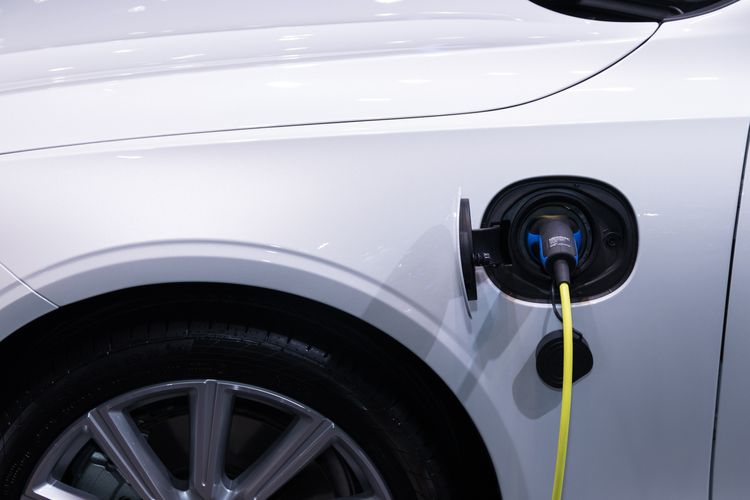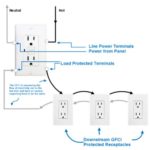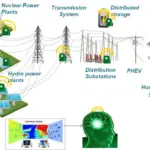The line between cars and electronic gadgetry has never been blurrier, with the automotive electronics market size projected to reach over 392 billion dollars by 2028, according to Grand View Research. In 2021, this figure was estimated to be at just over $230 billion dollars. This steady growth is due in no small part to the rapid advancement of electric vehicle tech, and by extension, the dramatic evolution of automotive electrics as a whole. But why exactly has this turn of events come to pass? Let us take a look at how things have been going for auto electrics, and what obstacles have to be surmounted to achieve their potential.
The Automotive Electrics Takeover
The electrics takeover has been fast approaching since the first Teslas started rolling out of dealerships in 2008. With the success of its high-output, all-electric powertrain came much more viable car electrical systems. After all, electrics needed to become sophisticated for vehicles that ran exclusively on electricity.
This resulted in tech such as real-time car diagnostics, electronic stability control, and other helpful systems to become widespread among even the most common vehicle trim levels. But the most important thing that the first all-electric powertrain did was set the stage for a promising future for automobiles. At the rate that auto electrical systems are advancing, cars of the future are going to be much more scalable, efficient, and feature-rich.
The Main Edge of Advanced Auto Electrics
There’s a good reason why manufacturers all say that the future of automobiles is electric. As reliable as internal combustion vehicles have been, you can only layer so much functionality onto an analog system. Developing the electrical system opens up possibilities that traditional petrol or diesel systems simply can’t achieve.
For one thing, it allows for greater efficiency enhancements. A traditional system won’t be able to recycle energy from braking or be able to power its drivetrain with solar power. On the other hand, electric vehicles can theoretically squeeze every last bit of ambient energy to recapture energy lost during operation. This could be a great benefit to companies and individuals that make use of equipment such as mini excavators, as they would be able to operate for far longer than their fossil fuel counterparts. This improved autonomy would greatly reduce overhead costs for the industries that make use of that sort of equipment, thus making things more economical for their end consumers and encouraging further growth in that sector.
Challenges in the Way of Progress
Despite all of the promise shown by vehicle electrics, there are still plenty of obstacles in the way of it truly taking over and thus ushering us into a new age of automotive tech. For one thing, manufacturers seem insistent on producing only premium vehicles that only an insignificant proportion of people can afford. Moreover, they get into the habit of overblowing the EVs ranges and other capabilities, sapping trust in their brand and in EVs in general when these claims are debunked.
Besides all of this, however, overhauling the electrical infrastructure is of paramount importance. Direct electricity only accounts for 20.4 percent of the world’s final energy consumption thus far. This number needs to be raised by reconfiguring the power grid, drastically ramping up generation, as well as other little retoolings and retrofittings to make more sophisticated electric power trains viable.
In order to unlock all of the potential that modern car electrics offer, there needs to be a concerted effort to increase electricity demand, and subsequently, production. The future of vehicle electrics is bright, but as it stands, the world as we know it needs to be reshaped to realize it.






